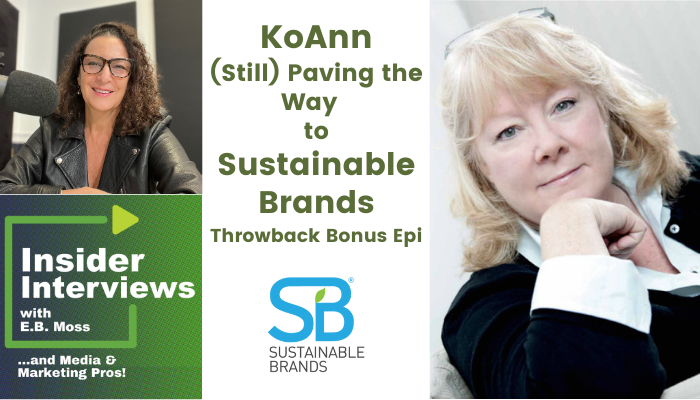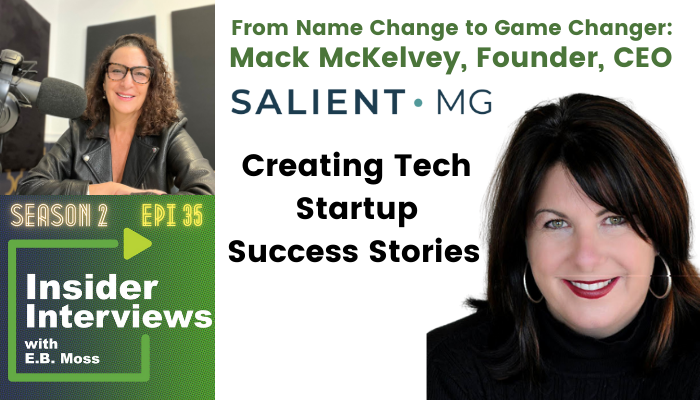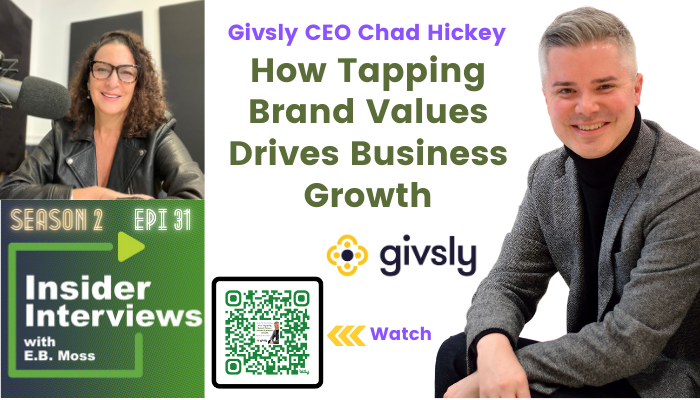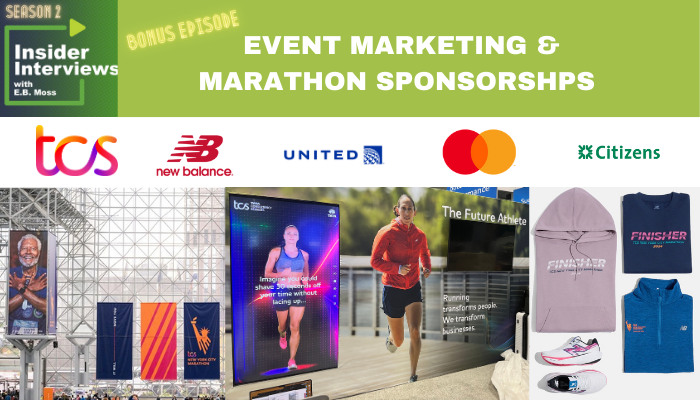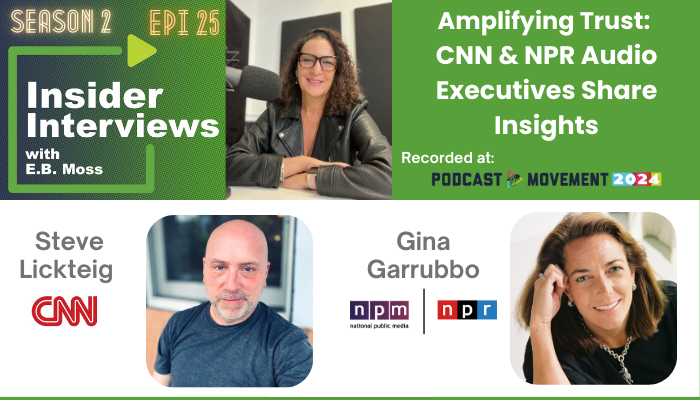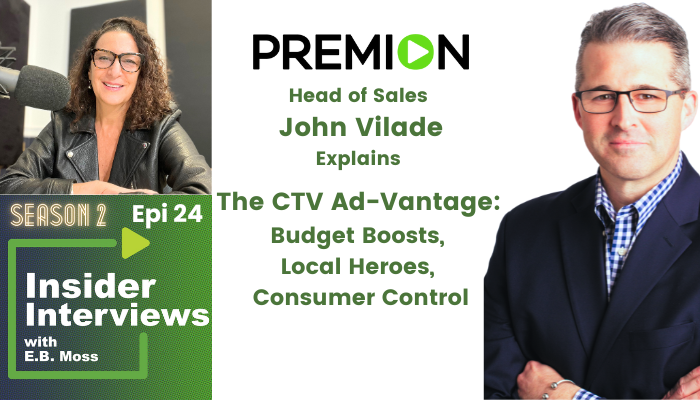A Sustainable Podcast! Throwback Bonus for Earth Month
Podcast: Play in new window | Download () | Embed
Subscribe or Follow Spotify | Android | Pandora | iHeartRadio | TuneIn | Deezer | RSS | More
In a never-more-important throwback episode from 2021, hear again from KoAnn Skrzyniarz – who for years has been making a strong case for building Sustainable Brands in global conversations with some of the world’s biggest advertisers. Learn why there’s STILL a business — and social — value to purpose, perhaps even more so as environmental […]

